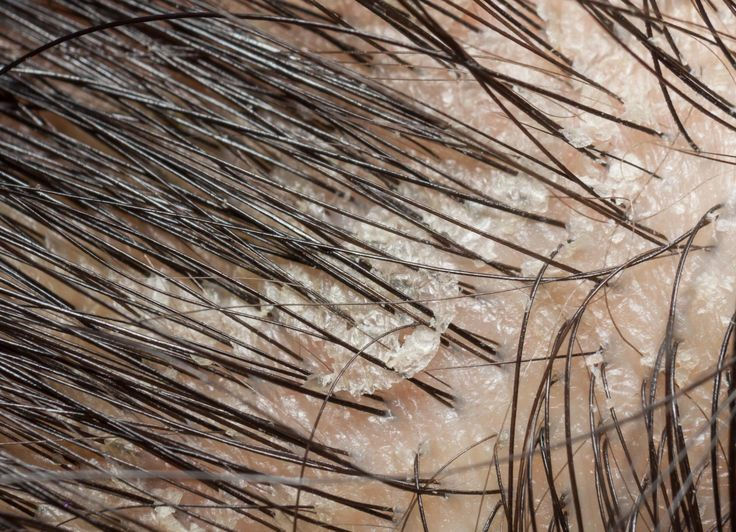Cranial Prosthesis vs. Traditional Wigs: Understanding the Key Differences
- Tashema Webb
- Apr 2
- 2 min read
Hair loss can be an emotional and challenging experience, whether due to medical conditions, genetics, or other factors. Many people turn to wigs as a solution, but not all wigs are created equal. If you’re experiencing hair loss, you may have heard the term cranial prosthesis and wondered how it differs from a traditional wig. While both provide coverage and aesthetic benefits, they serve very different purposes.
In this blog, we’ll break down the key differences between cranial prostheses and traditional wigs, helping you make an informed choice based on your needs.
What Is a Cranial Prosthesis?
A cranial prosthesis is a medical-grade hair replacement solution designed for individuals experiencing hair loss due to medical conditions such as:
• Alopecia (all types)
• Chemotherapy or radiation treatment
• Lupus
• Trichotillomania
• Scalp burns or severe trauma
• Other medical conditions that cause significant hair loss
Unlike traditional wigs, cranial prostheses are custom-designed to fit the individual’s scalp perfectly, ensuring comfort and a natural look. They are made with breathable materials that accommodate sensitive scalps, often featuring hypoallergenic options.
Most importantly, cranial prostheses are considered medical devices and can be covered by insurance with a prescription from a healthcare provider.
What Is a Traditional Wig?
A traditional wig is a general hairpiece designed for fashion, convenience, or occasional use. Wigs come in a variety of styles, colors, and materials, but they are typically mass-produced and not customized to an individual’s medical needs.
Traditional wigs:
• Are often made with synthetic or human hair
• Are designed for aesthetic purposes rather than medical necessity
• May cause irritation or discomfort for those with sensitive scalps
• Do not qualify for insurance coverage
While traditional wigs are great for styling versatility and quick hair transformations, they may not provide the security, comfort, or natural appearance that individuals with hair loss need.
Key Differences Between Cranial Prostheses and Traditional Wigs
Feature | Cranial Prosthesis | Traditional Wig |
Purpose | Medical-grade hair replacement for hair loss due to medical conditions | Primarily for fashion and styling |
Customization | Custom-fitted to the individual’s scalp | Typically one-size-fits-most |
Material | Made with breathable, hypoallergenic materials | Can be made with synthetic or human hair, often with less scalp-friendly bases |
Insurance Coverage | Can be covered by insurance with a prescription | Not covered by insurance |
Scalp Sensitivity | Designed for those with sensitive scalps | May cause irritation for medical hair loss patients |
Durability & Longevity | Designed for long-term wear | Often needs replacement more frequently |
Which Option Is Right for You?
If you are experiencing medical-related hair loss, a cranial prosthesis is the best option for comfort, security, and insurance eligibility. It provides a natural look while protecting your sensitive scalp.
If you are looking for a quick style change or a fun way to switch up your look, a traditional wig might be the better choice.
Need Help Choosing?
At She Stylez, I specialize in cranial prostheses and hair restoration solutions. Whether you need a medical-grade cranial prosthesis or guidance on the best hair replacement options for you, I’m here to help!
📞 Book a consultation today and take the first step toward restoring your confidence.



Comments